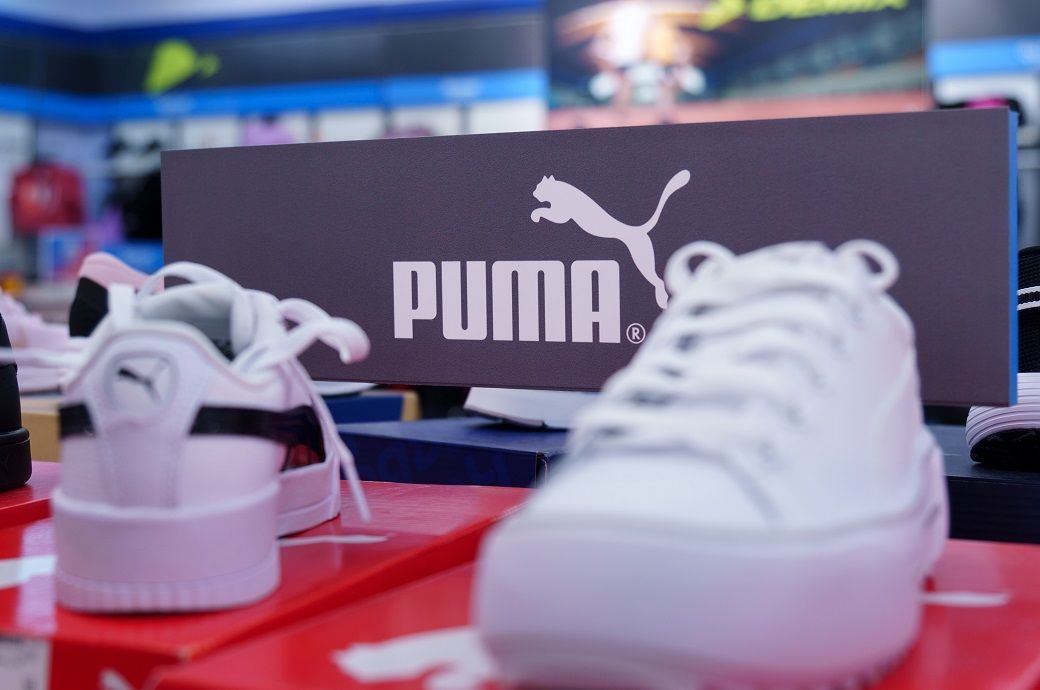
Puma’s wholesale business declined by 3.6 per cent (ca) to €1,529.5 million, with the softness largely attributed to the US and China, as expected. In contrast, the direct-to-consumer (DTC) segment grew by 12 per cent (ca) to €546.5 million, driven by a 17.3 per cent (ca) increase in e-commerce and an 8.9 per cent (ca) rise in owned and operated retail store sales. The DTC share climbed to 26.3 per cent, up from 23.5 per cent in Q1 2024, Puma said in a press release.
Sales in the Europe, Middle East, and Africa (EMEA) region rose by 5.1 per cent (ca) to €891.7 million, fuelled by strong double-digit growth in Eastern Europe, the Middle East, and Africa (EEMEA). In the Americas, sales declined by 2.7 per cent (ca) to €753.7 million, primarily due to weaker performance in North America, although Latin America achieved robust double-digit growth. Meanwhile, the Asia/Pacific region saw sales fall by 4.7 per cent (ca) to €430.5 million, impacted by continued softness in Greater China.
The footwear sales increased by 2.4 per cent (ca) to €1,186 million, driven by the running, basketball and sportstyle categories. Sales in apparel decreased by 1.5 per cent (ca) to €594.3 million while accessories decreased by 5.7 per cent to €295.7 million due to golf.
In terms of product development, Puma unveiled ‘Go Wild’, its largest brand campaign to date, with the first chapter spotlighting running. The brand motivated runners at the Boston and London Marathons with the debut of its fastest-ever racing shoe, the ‘Fast-R Nitro Elite 3’.
In fitness, Puma and Hyrox introduced their first joint collection, comprising co-branded footwear and performance apparel. Additionally, Puma achieved a major sustainability milestone in 2024 by producing 90 per cent of its products using recycled or certified materials.
“In the first quarter and despite a challenging environment, Puma achieved sales on last year's level in constant currencies. Our DTC business, driven by e-commerce, grew by 12 per cent, while our wholesale business declined by 4 per cent—primarily because of the US and China. Our adjusted operating profit came in broadly in line with our expectations,” said Markus Neubrand, chief financial officer (CFO) at Puma.
“Despite the challenges we had to face in the first quarter, such as a slightly decreasing gross profit margin and higher operating expenses, we remain committed to executing our next level cost efficiency program which is progressing as planned. We are on track to have approximately 500 corporate positions reduced globally by the end of the second quarter 2025,” added Neubrand.
For full FY25, the company forecasts adjusted EBIT (excluding one-time costs) between €520 million and €600 million, with capital expenditure (capex) projected at around €300 million. The outlook does not account for potential impacts from US tariffs announced after the company’s initial forecast on March 11, 2025, added the release.
The company further anticipates ca sales growth in the low- to mid-single-digit percentage range for the full financial year. Puma is actively implementing its nextlevel cost efficiency programme, which is expected to result in one-time costs of up to €75 million in 2025.
“In the evolving global trade landscape and amidst macroeconomic volatility, we concentrate on controllable factors and diligently serve our retail partners, consumers, and brand ambassadors. Our outlook for the financial year 2025 remains unchanged. Due to the highly uncertain implications from the US tariffs, we are not quantifying the potential implications at this stage. We already reduced US imports from China, and we will continue to remain agile and ready to manage the increased market volatility and swiftly respond to changing external conditions,” said Neubrand.
ALCHEMPro News Desk (SG)
Receive daily prices and market insights straight to your inbox. Subscribe to AlchemPro Weekly!